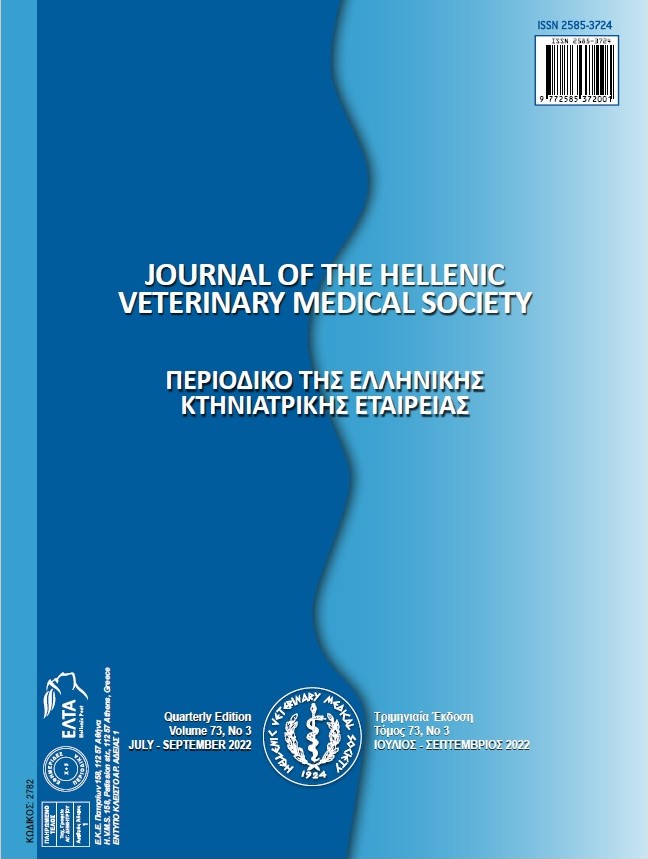Identification of genetic polymorphisms in MC4R and GPX5 genes in the autochthonous Greek black pig breed

Abstract
The importance of local breeds as genetic reservoirs of valuable genetic variation is well established and the evaluation of the genetic structure of autochthonous pig breeds is very important for conservation of local pig breeds and preservation of diversity. Although local farm animal breeds are important for the maintenance of genetic diversity, most of them are now in danger of extinction. The autochthonous Greek black pig breed, which was raised locally and is well known for the high quality of its meat, is the only traditional indigenous pig breed reared in Greece and is able to adapt to different and harsh environmental conditions. Recent studies have reported that gene polymorphisms in melanocortin 4 receptor (MC4R) and glutathione peroxidase 5 (GPX5) genes are associated with litter size in pig and can be used as genetic markers in gene assisted selection programs for the improvement of reproductive performance. The objective of this study was to investigate the existence of these polymorphisms in the autochthonous Greek black pig breed. One hundred sixty pigs raised in Greece were included in the study. DNA was extracted and genotyping was performed using RFLP - PCR. The molecular results revealed that for MC4R, genotype GG had a frequency of 0.37, GA 0.44 and AA 0.19, while the frequency of allele G was 0.56 and of A 0.44. For GPX5, genotype AA had a frequency of 0.19, AB 0.41 and BB 0.40, with frequencies of alleles A and B being 0.43 and 0.57, respectively. These data revealed that all genotypes of the two genes were present in the investigated population, indicating that these genes could be used for Marker-assisted selection programmes for the genetic improvement of reproductive characteristics of this breed.
Article Details
- How to Cite
-
Karatosidi, D., Avgeris, E., & Michailidis, G. (2024). Identification of genetic polymorphisms in MC4R and GPX5 genes in the autochthonous Greek black pig breed. Journal of the Hellenic Veterinary Medical Society, 75(1), 7045–7050. https://doi.org/10.12681/jhvms.34029 (Original work published April 20, 2024)
- Issue
- Vol. 75 No. 1 (2024)
- Section
- Research Articles

This work is licensed under a Creative Commons Attribution-NonCommercial 4.0 International License.
Authors who publish with this journal agree to the following terms:
· Authors retain copyright and grant the journal right of first publication with the work simultaneously licensed under a Creative Commons Attribution Non-Commercial License that allows others to share the work with an acknowledgement of the work's authorship and initial publication in this journal.
· Authors are able to enter into separate, additional contractual arrangements for the non-exclusive distribution of the journal's published version of the work (e.g. post it to an institutional repository or publish it in a book), with an acknowledgement of its initial publication in this journal.
· Authors are permitted and encouraged to post their work online (preferably in institutional repositories or on their website) prior to and during the submission process, as it can lead to productive exchanges, as well as earlier and greater citation of published work.



